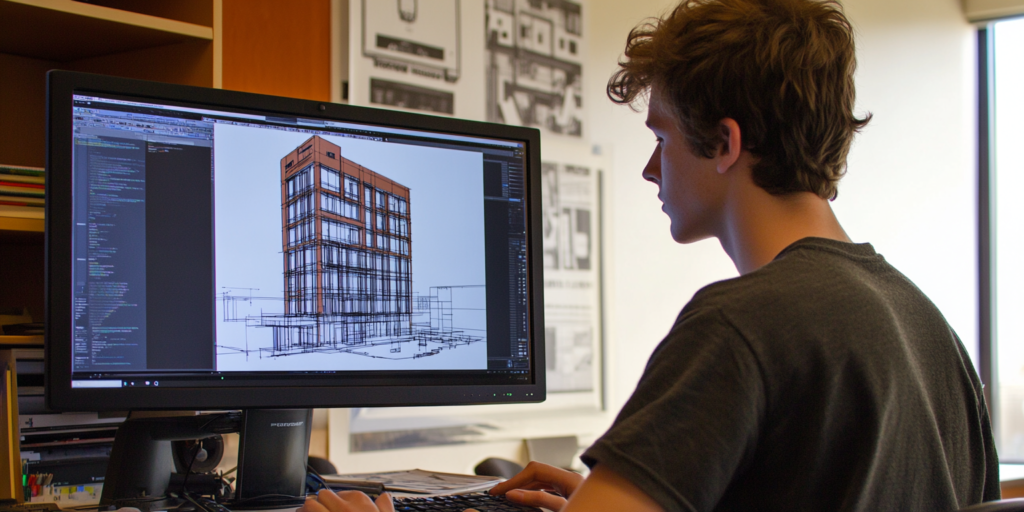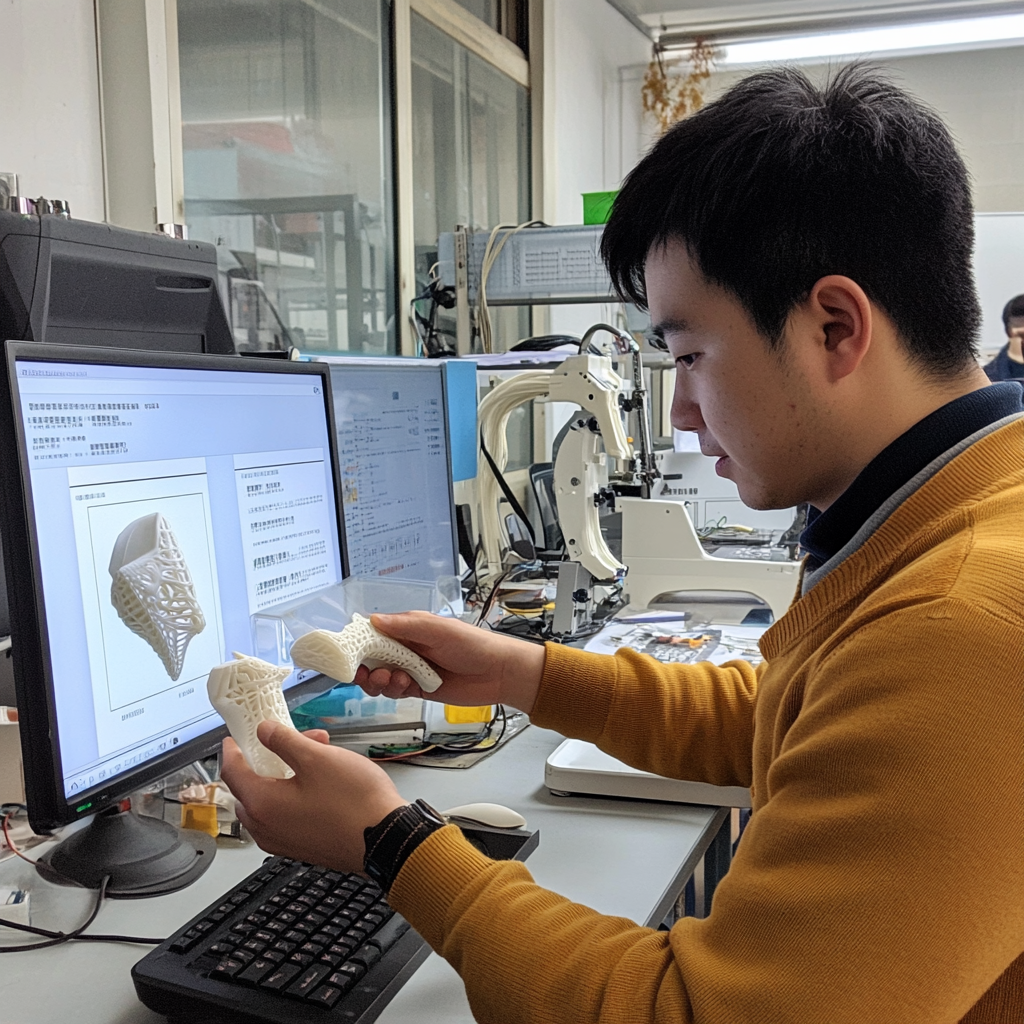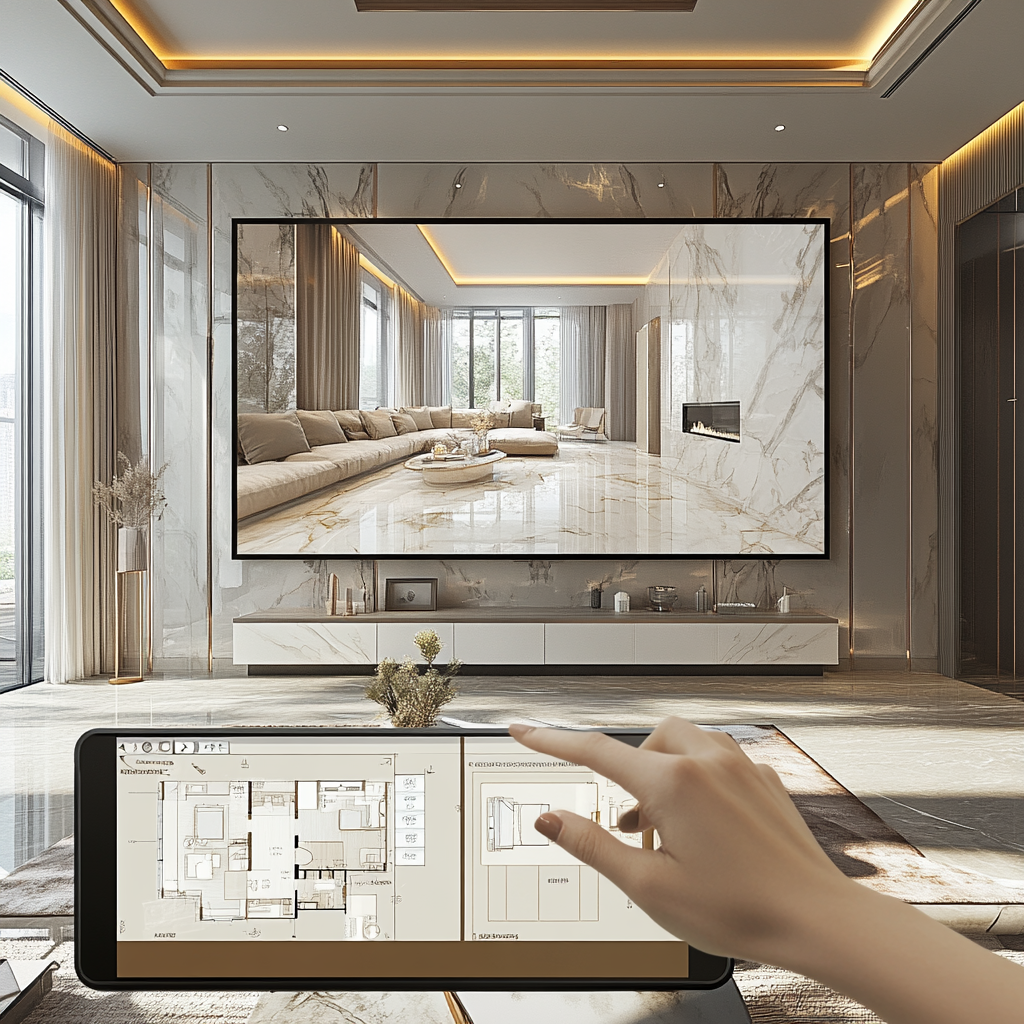
How AI is Helping Architectural and Interior Design Firms Save Time and Money
Artificial Intelligence (AI) is revolutionizing the architectural and interior design industries by offering innovative solutions that enhance efficiency, creativity, and cost-effectiveness.
This comprehensive blog post explores how AI is helping firms save time and money, addressing common reader questions and providing practical solutions.
Introduction to AI in Architecture and Interior Design
The Evolution of Design Technology
The architectural and interior design industries have always been at the forefront of technological innovation.
From the adoption of Computer-Aided Design (CAD) to Building Information Modeling (BIM), technology has played a pivotal role in enhancing design processes.
AI represents the next big leap, offering unprecedented capabilities in design, planning, and execution.

The Need for AI Integration
As the demand for sustainable and efficient designs grows, architectural and interior design firms are turning to AI to streamline their workflows and reduce costs.
AI tools can automate repetitive tasks, optimize design processes, and provide data-driven insights, making them invaluable assets for modern design firms1.
How AI Saves Time in Architectural and Interior Design
Automation of Repetitive Tasks
One of the most significant advantages of AI in architecture and interior design is its ability to automate repetitive tasks.
AI-powered tools can handle tasks such as drafting, model iterations, and client presentations, freeing up designers’ time to focus on creative and strategic aspects of their projects.
Enhanced Design Processes
AI tools can significantly speed up the design process by generating multiple design iterations based on specific parameters. This allows designers to explore a variety of design possibilities quickly and efficiently.
For example, tools like Midjourney and DALL-E 2 can create photorealistic images and design concepts in a fraction of the time it would take manually.
Streamlined Project Management
AI-powered project management tools can optimize workflows by identifying potential issues and suggesting improvements.
These tools can analyze design data to ensure structural integrity, minimize errors, and sharpen cost and time estimations, leading to more efficient project management.
How AI Saves Money in Architectural and Interior Design
Cost-Effective Design Solutions
AI can help firms save money by providing cost-effective design solutions. AI algorithms can analyze building site data, environmental factors, and client preferences to inform initial design concepts.
This data-driven approach optimizes energy efficiency, natural lighting, and material use, leading to more sustainable and cost-effective designs.
Reduced Labor Costs
By automating repetitive tasks and streamlining workflows, AI can reduce the need for manual labor, leading to significant cost savings.
Firms can allocate their resources more effectively, focusing on high-value activities that require human expertise.
Improved Client Satisfaction
AI tools can enhance client satisfaction by providing virtual and augmented reality experiences that help clients visualize and interact with designs before construction.
This improves decision-making and reduces the likelihood of costly revisions later in the project.

Case Studies and Examples
AI-Assisted Architectural Programming and Design
A study by MDPI highlights the effectiveness of AI-assisted architectural teaching on student learning.
The AI-embedded teaching model evaluated the impact of AI on student learning outcomes, providing targeted optimization suggestions for the integration of AI technologies in architectural education.
AI in Sustainability Analysis
AI has found its way into various aspects of architectural practice, significantly influencing sustainability analysis. Educational institutions must introduce AI concepts and tools into their curricula to prepare future architects for this AI-enhanced landscape.
This includes teaching students how to use AI for optimizing building processes and enhancing building performance.

Addressing Common Questions
How Will AI Change Architectural and Interior Design Firms?
AI will change architectural and interior design firms by introducing new tools and methodologies that enhance efficiency, creativity, and cost-effectiveness.
This shift will require firms to adapt their workflows to incorporate AI technologies and prepare for the future of the profession.
What Skills Will Future Designers Need?
Future designers will need a combination of traditional design skills and proficiency in AI tools.
This includes the ability to use AI for conceptualization, optimization, and execution of designs, as well as ethical considerations in the use of AI.
How Can Firms Prepare for This Transition?
Firms can prepare for this transition by staying updated with the latest AI technologies and their applications in architecture and interior design.
They should also focus on creating a collaborative environment that encourages interdisciplinary collaboration and ethical AI use.

Conclusion
The integration of AI in architectural and interior design firms is not just a trend but a necessity for the future of the industry.
By embracing AI tools, firms can save time and money, enhance creativity, and improve client satisfaction.
As we look towards the future, it is clear that AI will play a pivotal role in shaping the built environment, making it more sustainable, efficient, and innovative.
As AI continues to evolve, architectural and interior design firms must stay ahead of the curve by incorporating AI technologies into their workflows.
This will not only enhance their competitive edge but also ensure that they are well-equipped to meet the challenges and opportunities of the AI-enhanced landscape.

Leave a Reply